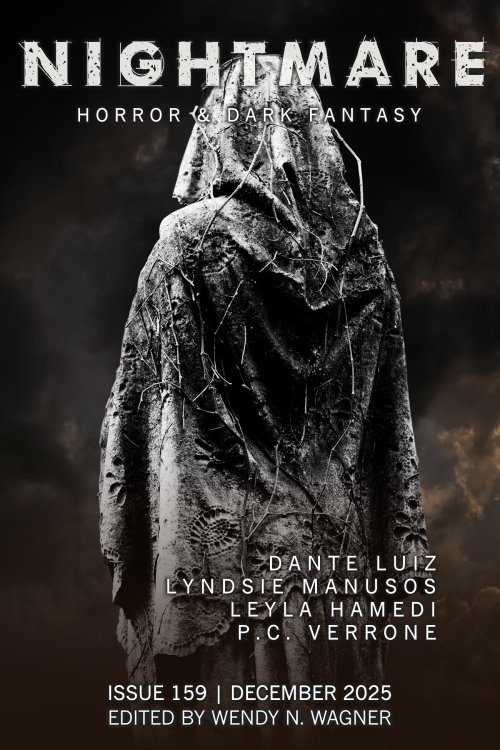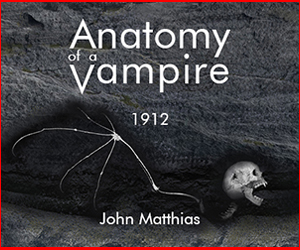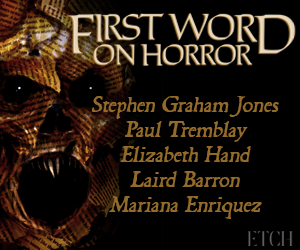Author Spotlight
Author Spotlight: Sharang Biswas
I was moved to write not a dark fairy tale itself, but a dark story about fairy tales. My starting point was, “what if someone became obsessed with fairy stories, what then?” This made me think about the infamous Cottingley fairies, and the attempts to discover “real” fairies. I imagined an old French woman painstakingly hunting for real magic in her life.








